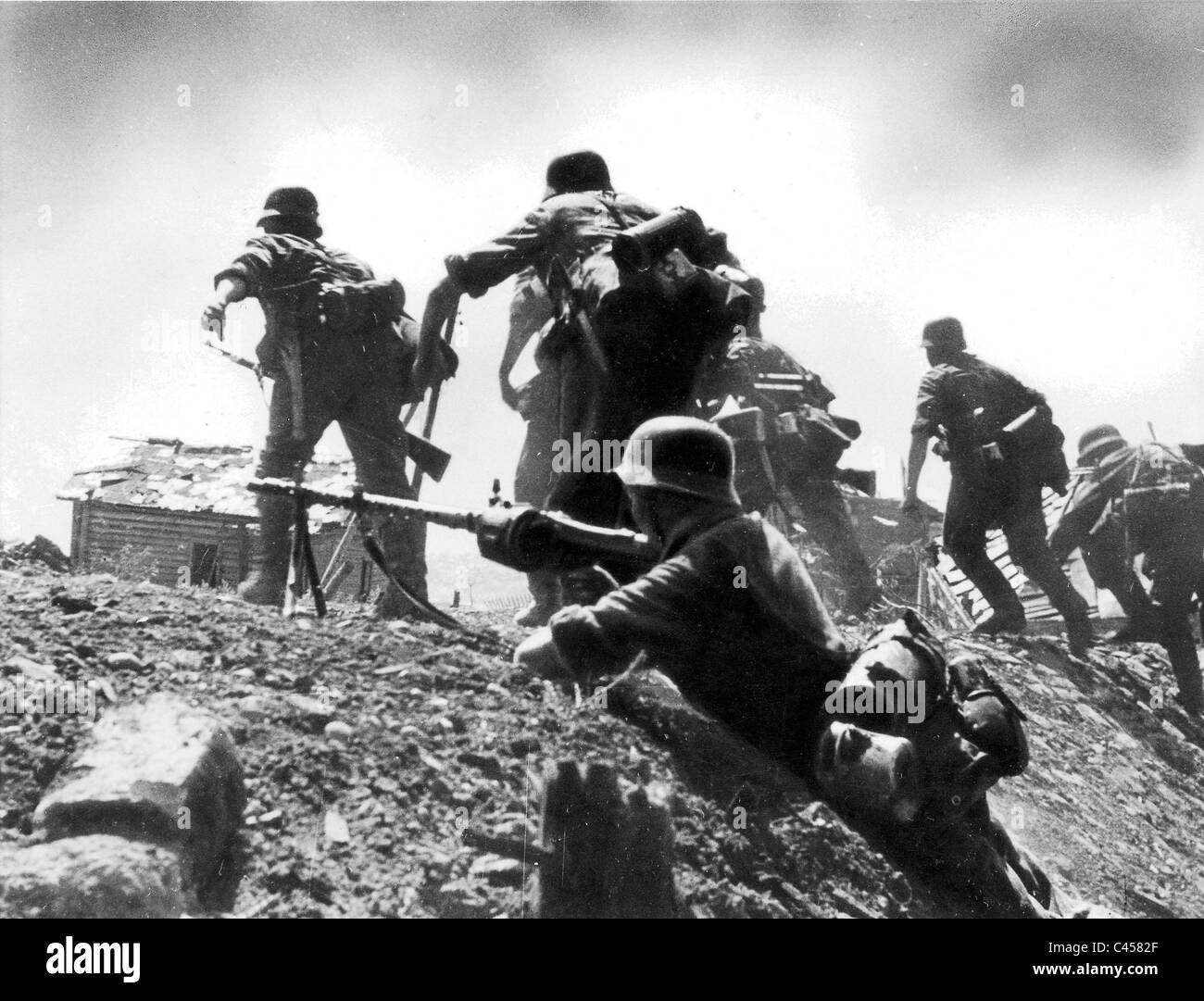
Soldiers in every army, in every era, have asked this question, but senior planners had an answer this time. Soldiers asked why this God forsaken heap of jungle rot, coral, and caves had to be occupied. They held their fire, reorganized, and waited for the following day to begin their resistance. Actually, the defending Japanese troops had been caught off guard by the landings and were not prepared to make any sort of counterattack. Resistance was so insignificant that some senior officers speculated that the Japanese had evacuated the island. Opposition from the Japanese troops occupying the island is usually described as “light,” something of an understatement. The landings took place on May 27, 1944, near the town of Bosnik. In the coming weeks and months, Colonel Riegelman would learn more about Biak than he ever could have bargained for. Army’s 41st Division had been fighting its way inland from Biak’s southern landing beaches for nearly three weeks.

“All I knew about Biak was that it was an island a degree south of the equator, one of the Schouten group lying north of Geelvink Bay toward the western end of New Guinea.”Ĭolonel Harold Riegelman made this admission of ignorance toward the middle of June 1944, shortly after coming ashore on the island.


 0 kommentar(er)
0 kommentar(er)
